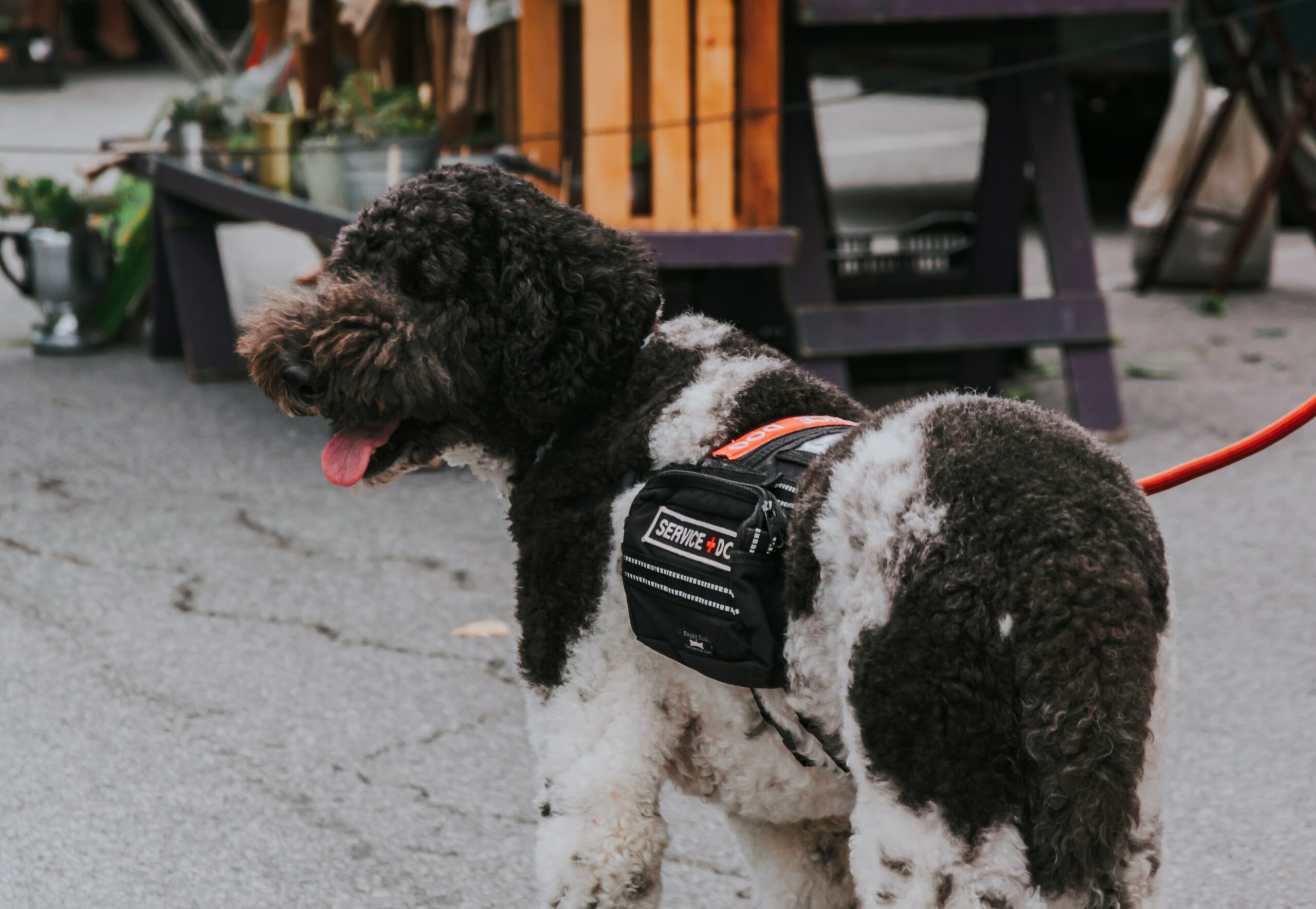Service dogs are more than a best friend, they are living companions that improve various aspects of your life. To illustrate, a study entitled Mobility and Medical Service Dogs shared that 70% of individuals experienced physical assistance benefits from their service dogs. Aside from that, the majority of individuals with service dogs believed that they experience psychosocial benefits, such as companionship, improved emotions, and even increased confidence.
However, it is important to note that service dogs provide different benefits, depending on their breed and their training. Before investing in a service dog, consider the options that are more suitable for your specific needs.
What is the Purpose of Service Dogs?

Dogs have been valuable to humans for many years, since they serve as companions in hunting, protection, and daily company. Key qualities that make them perfect animals.
It is critical to note that service dogs are different from dogs trained for other purposes, especially since the former undergoes specialized training and receives legal protection. The difference between emotional support animals and service dogs, according to SymptomFind, is their specific purpose, as well as the legal protection that they receive. Since service dogs specifically assist individuals with disabilities, they are trained to assist their humans in navigating spaces, accomplishing everyday tasks, and mitigating medical conditions. They also receive legal protection so that they can guarantee the safety of their humans in restaurants, stores, and other public places.
Meanwhile, emotional support dogs are not classified as service dogs under the Americans with Disabilities Act, since providing comfort is not considered as a service. Though emotional support animals can provide companionship and comfort to individuals with mental illnesses, they greatly differ from psychiatric service dogs that are trained to mitigate psychiatric conditions, like PTSD. Given that service animals perform specialized tasks, their breed and even their training are carefully considered so that they can carry out their purpose.
Which Breeds Can Be Trained for Service?
The breed of dogs affects their size, agility, and temperament, which is why this factor is important when choosing the right service dog for your specific needs. To illustrate, Pawsome Advice presents the differences of service dog breeds by stating that Poodles and Golden Retrievers make good psychiatric service dogs due to their intelligence and their social personality. Meanwhile, Portuguese Water Dogs and Cocker Spaniels are a suitable match for those with hearing impairments, due to their responsiveness to sound. Individuals needing assistance with mobility would benefit from working with Rottweilers, Labrador Retrievers, and Bernese Mountain Dogs who are agile and physically strong. Indeed, the breed of the dog plays a huge role in determining their ability to carry out their service.
How Can Service Dogs Be Trained?
Once you’ve chosen the right breed for your specific needs, your dog must be trained to perform their purpose. Professional training can go a long way for service dogs, since they have to become alert, responsive, and reliable when it comes to their tasks. However, you can train your service dog on your own, starting with the basic house training explained in our article on ‘How to Train a Dog’. This training includes teaching your puppy how to eliminate bad behavior and follow basic commands. Once these have been mastered, you can work on the ‘First Five Skills You Should Teach a Service Dog in Training’. Service dogs need to learn clicker conditioning, name recognition, proper settling, sitting, and leash walking. These are foundational skills that will make it easier to train them for harder, everyday tasks.
Service dogs carry out the responsibility of assisting individuals with medical conditions in everyday tasks. If you’re interested in working with a service dog, consider their purpose, breed, and training before investing in one.
Feature Image credit: Unsplash
photo credit:
https://www.pexels.com/photo/person-walking-his-dog-8327848/
Article contributed by Rachel Jeffers, Exclusively for NEW YORK DOG NANNY
Love our content? Share it with a friend or link it to social media. Like short clips of cute household pets? Training tips? Follow us on instagram @nydognanny or on YouTube at nydognanny. Have some news you needs to get to dog and cat parents stat? Email info@newyorkdognanny.com with your article pitch.




